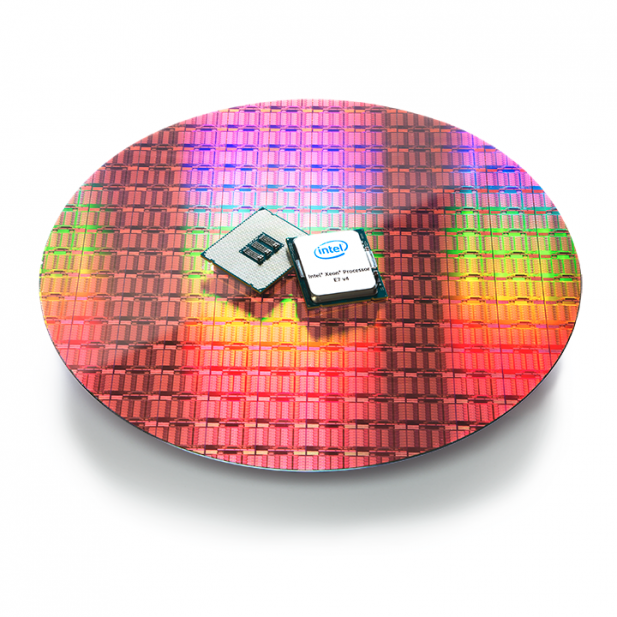Today Intel announced the availability of the Xeon E7-8894 v4 which is now the highest performance server chip on the market. First launched in June of 2016 the Xeon E7-8800 family is composed different bins of the 14nm Broadwell-EX die. The old flagship E7-8890 v4 offered 24 cores, 60 MBs of Cache, 3 QPI links, a 165 Watt TDP, 3.4 Ghz Turbo clock, and a base clock of 2.2 Ghz. The new E7-8894 offers all of that and a 200 Mhz base clock boost for a grand total of 2.4 Ghz on all cores.
On the outside that might not seem like much but it’s a 9% clock speed improvement at the same TDP. Impressive given that Intel’s only had about six months t0 refine the production of these chips and improve yields enough to offer extreme bins like the E7-8894. In general this is the kind of mid-life product adjustment that we’d expect to see after a year or more.
Of course the fastest chip in existing needs a price to match and Intel is no stranger to price increases. At a paltry $8898 the E7-8894 cost as much as a used Porsche 928 or Boxster S. I doubt Intel’s Xeon is as much fun though. This price point is a 24% increase over the old 8890’s at $7174. From a value perspective a 9% performance increase for a 24% price increase is hard to justify. But then again if you’re in the market for a 24 core processor with 60 MB of Cache and a TDP that would make a mid-range GPU blush you’re probably not all that concerned with the upfront cost.
Preparing for Naples
With the launch of AMD’s Naples server processor quickly approaching in Q2 its interesting to see what steps Intel is taking to fortify its position in this market. Obviously Naples won’t compete directly with Intel’s E7 series of chips or SKUs like the E7-8894 because Naples can’t scale to 8 sockets and doesn’t offer a comparable RAS feature set. But it will be interesting to see how aggressive AMD’s pricing structure turns out to be and what impact, if any Naples will have, on Intel’s margins and marketshare at the end of this year.S|A
Thomas Ryan
Latest posts by Thomas Ryan (see all)
- Intel’s Core i7-8700K: A Review - Oct 5, 2017
- Raijintek’s Thetis Window: A Case Review - Sep 28, 2017
- Intel’s Core i9-7980XE: A Review - Sep 25, 2017
- AMD’s Ryzen Pro and Ryzen Threadripper 1900X Come to Market - Aug 31, 2017
- Intel’s Core i9-7900X: A Review - Aug 24, 2017

